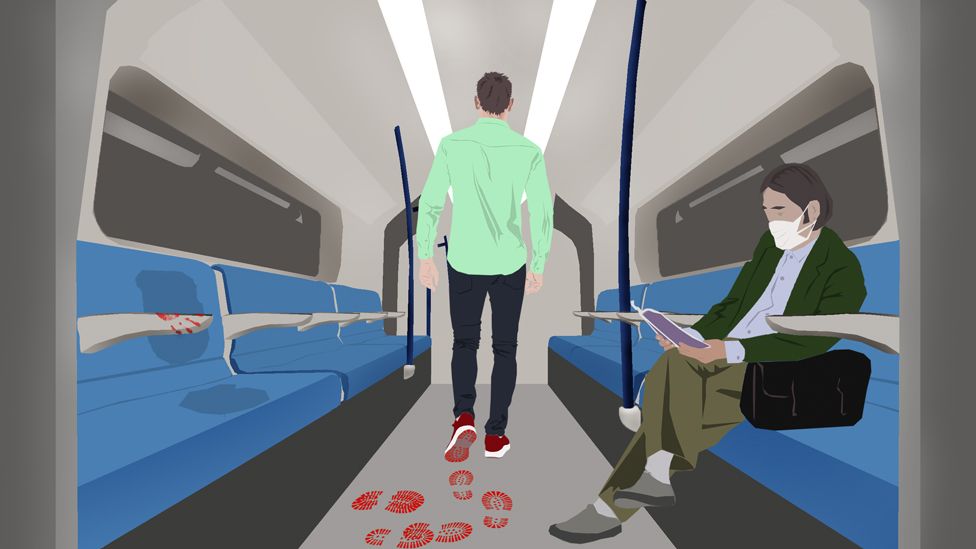
As the crisis has unfolded, scientists have discovered more evidence about a strange and worrying feature of the coronavirus. While many people who become infected develop a cough, fever and loss of taste and smell, others have no symptoms at all and never realise they’re carrying Covid-19.
Researchers say it’s vital to understand how many are affected this way and whether “silent spreaders” are fuelling the pandemic.
When people gathered at a church in Singapore on 19 January, no-one could have realised that the event would have global implications for the spread of coronavirus. It was a Sunday and, as usual, one of the services was being conducted in Mandarin. Among the congregation at The Life Church and Missions, on the ground floor of an office building, was a couple, both aged 56, who’d arrived that morning from China.
As they took their seats, they seemed perfectly healthy so there was no reason to think they might be carrying the virus. At that time, a persistent cough was understood to be the most distinctive feature of Covid-19 and it was seen as the most likely way to transmit it. Having no symptoms of the disease should have meant having no chance of spreading it.
The couple left as soon as the service was over. But shortly afterwards, things took a turn for the worse, and in a wholly confusing way. The Chinese wife started to become ill on January 22, followed by her husband two days later. Because they had flown in from Wuhan, the epicentre of the outbreak, that was no big surprise.
But over the following week, three local people also came down with the disease for no obvious reason, leading to one of Singapore’s first and most baffling coronavirus cases. Working out what had happened would lead to a new and disturbing insight into how the virus was so successfully finding new victims.
Mobilising ‘disease detectives’
“We were extremely perplexed,” says Dr Vernon Lee, head of communicable diseases at Singapore’s Ministry of Health. “People who didn’t know each somehow infected each other,” while showing no sign of illness. This new batch of cases simply did not make sense, according to what was known about Covid-19 back then.
So Dr Lee and his fellow scientists, along with police officers and specialist disease trackers, launched an investigation, generating detailed maps showing who was where and when. This involved the very best of the process known as contact tracing – a version of which is getting under way now in the UK. It’s seen as a vital system for tracking down everyone involved in an outbreak and helping to stamp it out, and Singapore is renowned for the skill and speed with which this is carried out.

Image captionEarly in the pandemic, Singapore was seen as a shining example of how to tackle the virus